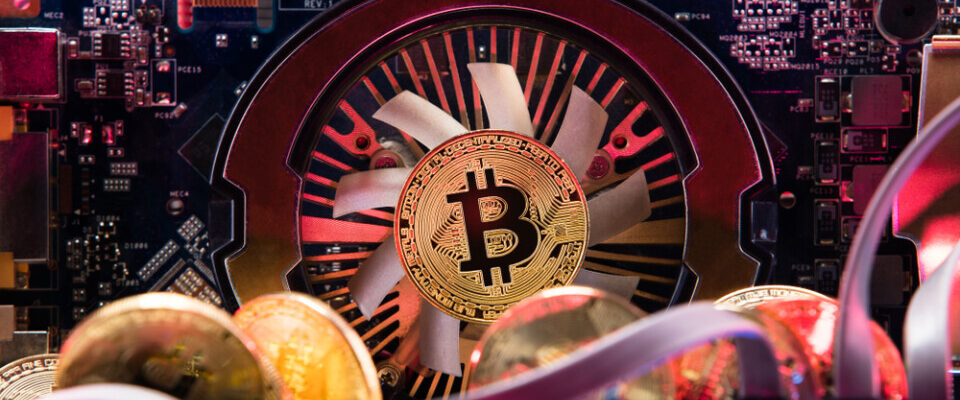Since last weekend, there has been a 25% decline in Bitcoin’s hash rate, which is a worrying sign for the security of the network of the largest crypto token in the world ahead of its ‘halving’ event.
MiningPoolStats shared data, which showed that on Sunday, the total real-time hash rate from all known mining pools had stood at 570 exahashes per second (EH/s).
However, by Tuesday, this had dropped to 425 EH/s and currently stands at 550 EH/s. The speed at which computers that mine Bitcoin guess a number is called exahashes per second.
The decline
One exahash is around one quintillion hashes. Bitcoin miners can process transactions when they can solve complex mathematical problems.
The miners can make more guesses when the hash rate is high and this means that they are working harder to keep the network secure.
The hash rate has declined because miners in Texas have cut back power to strengthen the local grid due to a cold outbreak.
On Monday, the Texas Blockchain Council highlighted the issue and said that they prepared to adjust operations to ensure grid stability.
Since electricity is cheap in Texas, it has become a popular Bitcoin mining hub. Bitcoin miners require as much energy as possible to run the blockchain’s network.
Hash rate
The amount of computing power used per second by miners is referred to as hash rate and this metric is highly significant.
When the computing power goes up, it makes it more difficult for attackers to take control of over half of the blockchain’s network.
Therefore, a declining hash rate is not a good thing for the Bitcoin network, particularly with the highly anticipated halving event drawing closer.
Thanks to the upcoming Bitcoin halving event, the amount of Bitcoin that miners earn as a reward will be reduced by half.
The halving event, which will be the fourth of its kind since the launch of Bitcoin in 2008, is scheduled to happen in April.
The halving
Currently, bitcoin miners receive rewards of 6.25 BTC tokens when they mint new coins and keep the network running.
Once the halving happens, their rewards for every block they process will be reduced to 3.125 BTC tokens.
Reducing the reward limits the amount of new Bitcoin tokens that are minted and released into the market.
The goal is to keep the inflation rate of Bitcoin in control, even though the digital currency’s total supply is already capped at 21 million.
According to some market analysts, this will only drive up the price of the pioneer crypto token because the available supply of Bitcoin will become scarcer than it already is.
Historically, there has always been a Bitcoin bull run after a halving event, but there is disagreement amongst analysts about the impact of the halving on the market.
This is because the market is already aware of the halving event in advance and it is also baked into the Bitcoin code.

